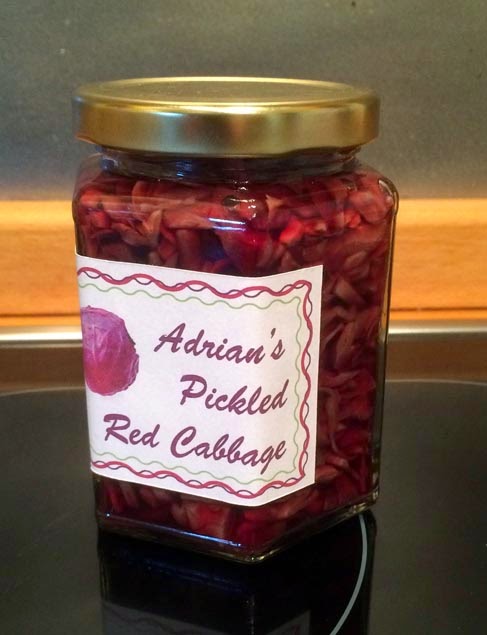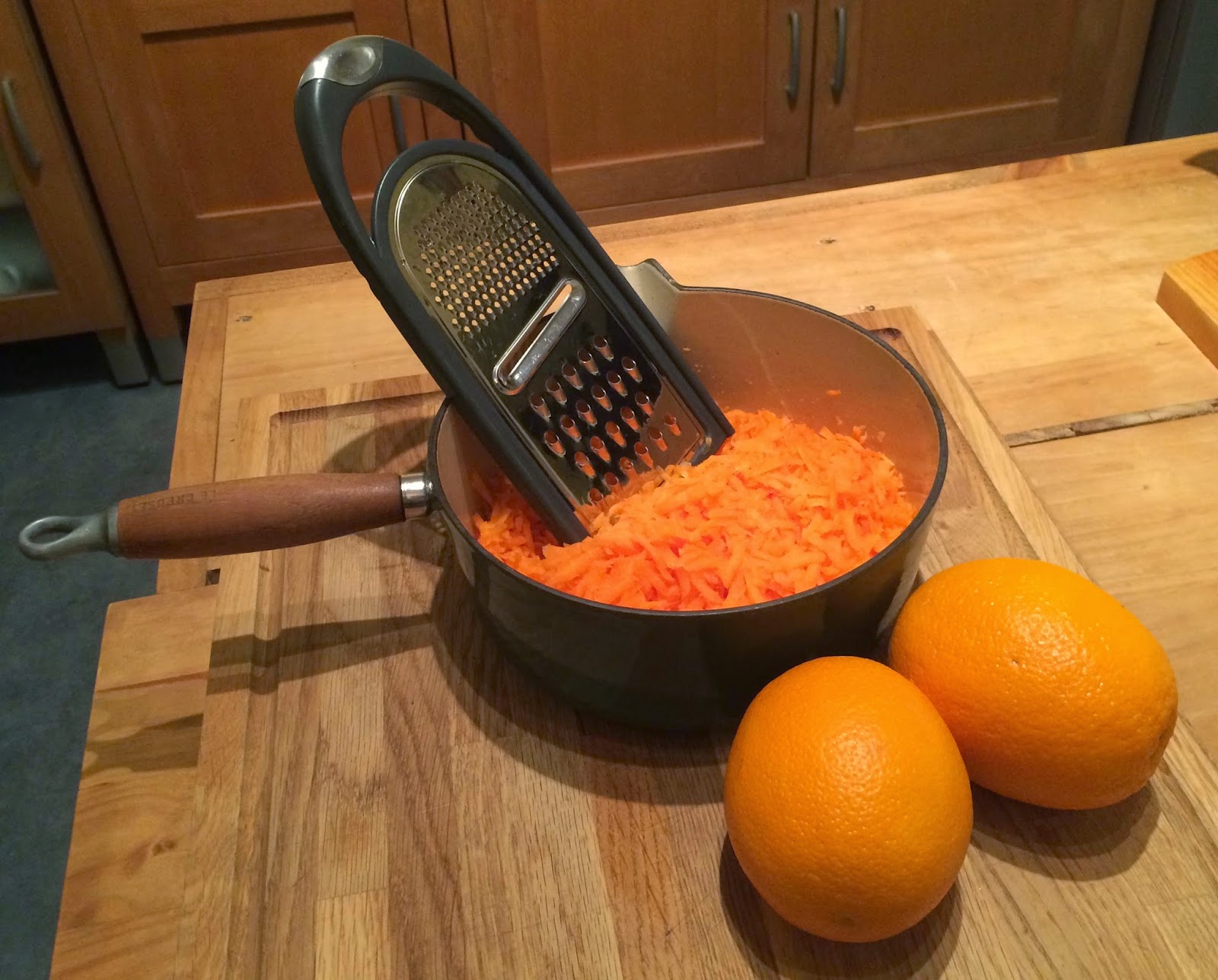Pickling
The Recycled Cook
By Adrian Sleeman
Pickling
Over the next few blogs we are going to look at the various ways we have available to us of preserving food, that will not only make the most of your fruit and vegetables but will also add that extra ingredient to add to your meals and give them that added zing. |
| Red Cabbage pickle |
 One of the easiest and most satisfying methods for preserving and enhancing fresh fruit and vegetables is the traditional art of pickling which seems to have found a new following amongst today's young chefs.
One of the easiest and most satisfying methods for preserving and enhancing fresh fruit and vegetables is the traditional art of pickling which seems to have found a new following amongst today's young chefs.I have been pickling fruit and vegetables for quite some time, it is one of the most satisfying and simple things to do in the kitchen and is far cheaper than shop bought.
If you are lucky enough to grow your own fruit and vegetables all the better but it is just as easy to do with the kind of fresh produce I spoke about in my last blog. Remember the allotments, they are a great source of ingredients for this.
Our ancestors picked and preserved food through necessity, we can do it simply because it gives us a great sense of achievement and above all, it tastes good.
 |
| Carrot and Orange pickle |
 There is no limit to the combinations you can pickle, I will give you a few examples but be creative, some will work better than others but you will have some amazing successes too.
There is no limit to the combinations you can pickle, I will give you a few examples but be creative, some will work better than others but you will have some amazing successes too.The simplest method is usually called "quick pickle" or "fresh pickle" and it is simple to do, you can slice dice or even leave whole smaller fruit and vegetables, place the ingredients in a large saucepan and gently poach them in your pickling liquid until tender.
The pickling liquid is a combination of vinegar and water but you can add herbs, seasoning and spices such as a Coriander root, Dill, Bay leaf, Cinnamon, Nutmeg, Ginger, Garlic, Pimenton and my favourite Star Anis.
 |
| Mixed Pickles |
Quick pickling works well with vegetables such as red or white cabbage, carrots, cauliflower, peppers shallots and beetroot. Firm fruit such as apple, cherries and plums work well too. You can even search the hedgerows for wild fruit such as crab apples, damsons and plums but we will come back to that as foraging is a whole other subject. Try varying the vinegars you use, personally I find malt vinegar too harsh and overpowering so I use white or red wine vinegar. If you want to get adventurous you could try a white or apple balsamic or a nice Spanish sherry vinegar.
The Brine method is used for vegetables and fruit with a high water content, suitable for vegetable such as courgettes, cucumber or aubergines. I find that with bitter vegetables such as aubergines, quartering them and covering them in salt for an hour extracts some of that bitterness. Rinse off the salt before pickling.
Poach the ingredients in a Brine solution of salt and water for around 10 to 15 minutes then first then rinse in cold water before using the same process to pickle as above. This will extract the natural high water content and allow it to absorb the pickling medium better.
 |
| Pickled lemons |
When they are ready to use, usually a matter of a few weeks, take out what you need, throw away the pulp as you will only use the, now soft, peel and rinse off excess salt. Delicious chopped or sliced thinly when added to that Moroccan Tagine or as an accompaniment to fish. You will never go back to lemon wedge I promise.
Next time I will explore the fascinating world of making chutneys.
Disclaimer: The suggestions and tips on these blog pages are meant to be used in conjunction with common sense. Keeping your family healthy is the priority. Do not use food that is unfit for human consumption and always follow sensible food hygiene guidelines.



Comments
Post a Comment